“This is a country that was founded by immigrants for immigrants and it seems to me that we have lost our way.”
An immigration lawyer in Los Angeles says that in The Migrants, a 23-minute film produced by USAToday. The Immigration Task Force is airing the film and hosting a short discussion afterwards in an online Zoom forum on Sunday, January 17, at 6:30 p.m.
The video is based on interviews and events the week of June 24 to 30 in 2019. It focuses on immigrants arriving on the southern U.S. border and shows scenes and interviews ranging from Tijuana, Mexico to McAllen, Texas. But the border is not just a physical point in geography and other scenes and interviews range from Los Angeles to Washington, D.C. to Long Branch, New Jersey. At times the stories that spill from the film can be hard to take in. There are tales of hardship, pain, hunger, suicide and death. Yet they are also buttressed by other accounts of hope, support and love.
Mary Code will be leading the discussion with assistance from Stevi Hamill and Dianne Sprague. Mary has begun preparing questions and one point she has mulled is that the U.S. is often called “the land of opportunity”. She wonders, In what ways are we living up to or negating that description when it comes to immigration?
The immigrants depicted in the film clearly believe that the U.S. can fulfill their dreams for a better life. In the film, many are fleeing violence and political unrest from Honduras, Guatemala, and El Salvador. At that time, 92 percent of those reaching the U.S. border came from those three nations. The Border Patrol is also portrayed in action in the film, and officers were busy. In August 2019, they apprehended 457,871 migrants described as “family units.”
The film does not delve deeply into the reasons these migrants are fleeing but a USAToday story was more explicit. It said that the migrants were fleeing from violent gangs that demanded extortion payments, or targeted teenage boys for gang recruitment, or that forced teenage girls to become their “girlfriends.”
Homicide rates have improved in Guatemala. Murder rates in Honduras and El Salvador still rank among the highest in the world.
The film shows both Americans who aid the migrants as well as others who oppose their arrival. In one scene, members of the Arizona Patriots Group go to the border and literally physically push arriving migrants backwards, yelling at them to turn back. Somewhat lost here is that these migrants have a legal right to come to the U.S. and seek political asylum from violence or persecution in their home country. Under the law the U.S. can investigate their claims and give them permission to stay.
That is the very group that Fauntleroy Church’s Immigration Task Force targeted to help. The goal approved by a church congregation vote in December 2019 is to supply housing and other support for asylum-seeking families.
In some ways, much has changed both since the film was shot and the Fauntleroy congregation voted. The Trump administration sealed, the border, forcing migrants to remain on the Mexican side, and the flow of new arrivals slowed significantly after the pandemic struck in March.
However, the video is timely in preparing us for what may be coming. The incoming Biden administration has indicated that it will make significant changes to federal immigration policies. It is less clear when they will take place. President-Elect Joseph Biden has said he wants to postpone any changes for six months to plan and to avoid the borders being overwhelmed by new, arriving applicants.
Covid-19 may briefly keep those numbers down. But conditions in Central America have not improved since June 2019; they have only gotten worse. Besides the economic havoc occurring worldwide because the pandemic, two ferocious hurricanes struck Central America in November. Hurricanes Eta and Iota destroyed thousands of homes and wiped out massive croplands. Up to 5 million people were affected, including 1.5 million children.
It is clear that as people of faith we will soon be challenged once again on those fleeing violence and poverty.
Here are other questions Mary may be posing on January 17:
1. Many people from asylum seekers to politicians mention the well-publicized photograph of Oscar and Valeria, father and daughter, who drowned trying to cross the river to the U.S. What were the reactions and resulting calls to action? What impact did that picture have on you?
2. Our individual response to asylum-seeking immigrants can bring out the best or worst in us. What are examples from the film, or your own experience, of both types of responses?
3. Stepping into the shoes of border control agents, what are their challenges?
4. What stereotypes and misunderstandings about the legal immigration system limit our willingness to “welcome the stranger” into the United States. What are our underlying fears?
5. What are the reasons that immigrants leave their homeland; what are the sacrifices that they make to do so?
6. What are the “walls” beyond The Wall that we are erecting to keep people from being part of our country?
Bob Wyss, Co-Chair, Immigration Task Force



